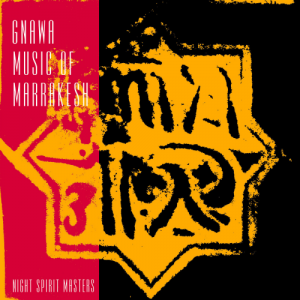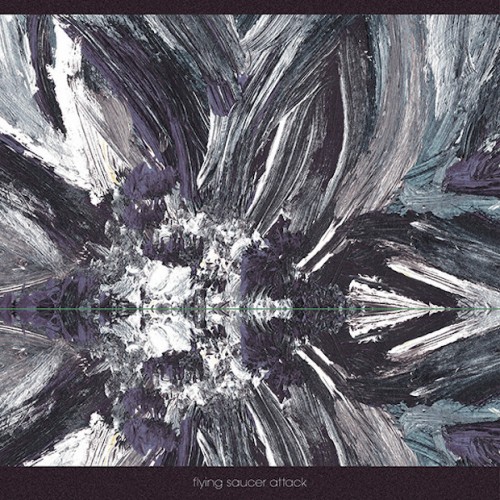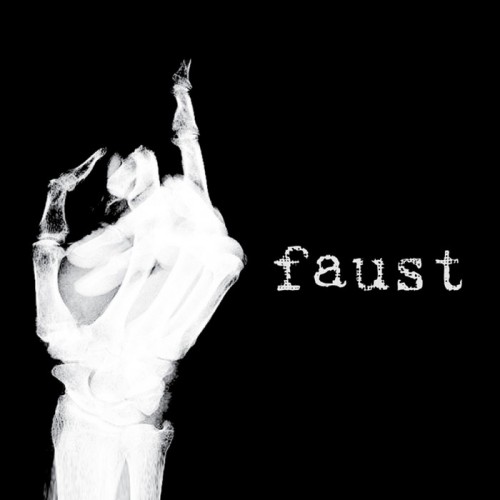 Devotional music is always so awkward to write about, and this collection of Gnawa music is no exception. And for why? Well, it’s never entirely clear what folk mean by devotional music, and that gets less clear the less information there is available about a group. And the Gnawa, well, they’re apparently the descendants of enslaved folk brought to Morrocco. What kind of devotional are we talking — funerary? Piss-up? Is this yom kippur or purim?
Devotional music is always so awkward to write about, and this collection of Gnawa music is no exception. And for why? Well, it’s never entirely clear what folk mean by devotional music, and that gets less clear the less information there is available about a group. And the Gnawa, well, they’re apparently the descendants of enslaved folk brought to Morrocco. What kind of devotional are we talking — funerary? Piss-up? Is this yom kippur or purim?
Well, I could have done more research; but I did not. So here we are. I’m mostly going to have to go on my own half-baked ideas of vibe.
Part of the problem I’m getting at above is that I do miss the days where an “ethnographic” recording, for all the pissy racism implied in that term, would have some overbearing essay on the sleeve explaining the music theory and the context of the music. There’s plenty to read out there on the Gnawa people, and it is remiss of me not to look further into that, but it’d be nice if the general practice with these records was to chuck a bunch of context at the listener at the same time.
Anyway. What is Gnawa devotional music? Having listened to this, I’m not really any closer to knowing. Which is a good thing — I can’t discern that this record is particularly one or another form.
Opener “Baba L’Rouami” seems like a round, sintir holding a bass pattern and a darbouka accentuating the rhythm. “Tramin”has a trio of taut drums chasing each other, possibly centred around a two-note pattern with phase extemporisation and tempi moderation. on “Said Fafy”, a drum solo appears to be a drum solo for two people called Said maybe doting on a triplet with variation pattern. “Baniya” is a lot closer, to my stupid ears, to what little I know of Ethiopian pop in the ’70s, with handclaps and big “everyone joins in” chorus type business, oud, sintir… which may be a “full band”. What I mean really is that it’s easier for me to talk about the musicianship than the “form” of Gnawa music — it’s not clear here that thinking of Gnawa as a single form makes sense. There’s obviously commonalities and tropes, but what little the liner notes do give away is that Gnawa is a pretty porous and changeable thing, and it’s moved on substantially since Bill Laswell first recorded this in the early ’90s.What seems to be common is that two or more instruments follow, very closely, the same rhythmic pattern, except when they don’t. Whether that’s on a set cycle or improvisatory isn’t clear, but what is clear here is that when Gnawa are tight they are very tight; “Baniya” has all the melodic instruments largely in absolute unison, and the handclaps likewise in the pocket. When they are not in unison, there is some fearsome cycles of off-rhythms — a long way away from the kind of syncopation you might see in most jazz, but still tethered closely to whatever the anchor is that keeps these tracks held together.
Ultimately though, I’m going to fall back on the vibe. This is such a vibe. Lush harmonies on the tracks with vocals, great antiphony for the antiphonous ones, sharp-as-fuck rhythms throughout and that absolute vibe which is a well-played darbouka. It’s a rich compilation, at once diverse but also united entirely by some prodigiously well-heeled players. Vibe as fuck my guy.-Kev Nickells-



